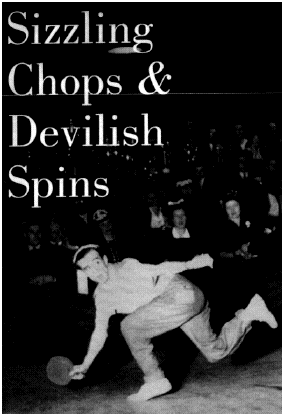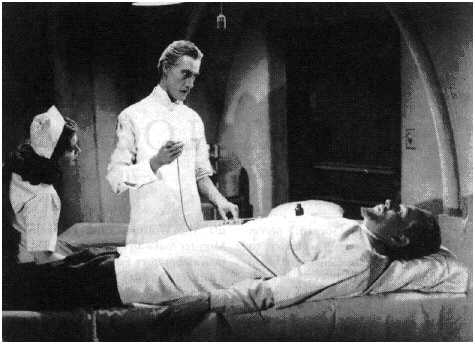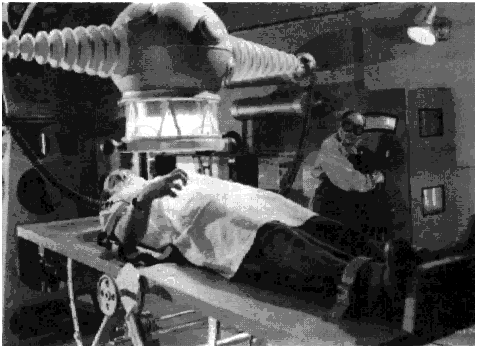Devilish Spins:
Ping-Pong and
The Art of
Staying Alive
Jerome Charyn
(Four Walls Eight Windows)

He played Chuang Tse-Tung in China, 1971, and tells us,
Ping-pong is played by over 250,000,000 people all over the world, with 40,000,000 tournament players, a fraction of them from the United States. There are more ping-pong clubs in France than there are players in the USTTA.
His ping-pong memories begin at Reisman's basement in Manhattan, a basement where millionaires, bums, a "shirt king," psychoanalysts and junkies played together. The paddle's the thing, should it be sandpaper, pimple rubber, or the foam sandwich, the "Butterfly bat."
He taught himself to play with pimples --- not on his face, on his bat: "I chopped, I smashed with my elbow held high, I developed terrific sidespin, and began to haunt the club."
From two in the afternoon, when Reisman's opened, until midnight, I was under Broadway, listening to the bounce of ping-pong balls. I had an infallible method for determining the hours of the day: the splinters in the cellar door grew dark around dinner time.
Charyn takes the time to go into the 900 year history of his chosen sport. It began as jeu de paume --- royal tennis --- "the oldest of all racquet sports, though the first 'racquet' was a monk's palm." Bare hands were used on balls of hair, cork, or wool. A leather glove appeared, then strings run between the fingers of their gloves. With a frame, jeu de paume "spread from the monasteries to the courts and princes and kings."
Charyn points out that, "Unlike football, ping-pong 'fails to evoke blood.' We have little use for the delicacies of a sport in which a 138-pound man can reign supreme." He tells of his current activities:
I play in a little league [in Paris], against aggressive youngsters who have a serve that's so wicked, I can barely see the ball. But it doesn't matter. My own special racquet is like a samurai's blade, masked with soft rubber pimples that's called a picot... It's a curious sport, where graybeards like myself can compete against the young killer sharks and sometimes win. I live for the sound of the ball, the pock of my racquet makes while I bend my skinny knees. The fierce concentration pulls me into the fabric of a whirlwind. I dance. I dream.
Charyn is a dream of a writer, good at catching the characters, especially those who played in the great matches in mid-century. In 1952, Reisman and Richard Bergmann went to the USTTA championships in Bombay. Reisman's serve was called "the Atomic Blast." But they were unprepared for Hiroji Satoh, from Japan. Satoh used rubber foam on his racquet, which muffled the sound of the ball.
Bergmann had spent a lifetime studying the sounds of table tennis. But against Satoh there was no sound...Bergmann was a deaf mute in a game that required dialogue.
In Sizzling Chops, Charyn rises above the tedious prose of a typical sports writer; he even manages to become a bit of a philosopher:
History turns and turns in funny ways. The past creeps into the future, leaving us with a false present tense, as if every single one of us is wearing a mask.


